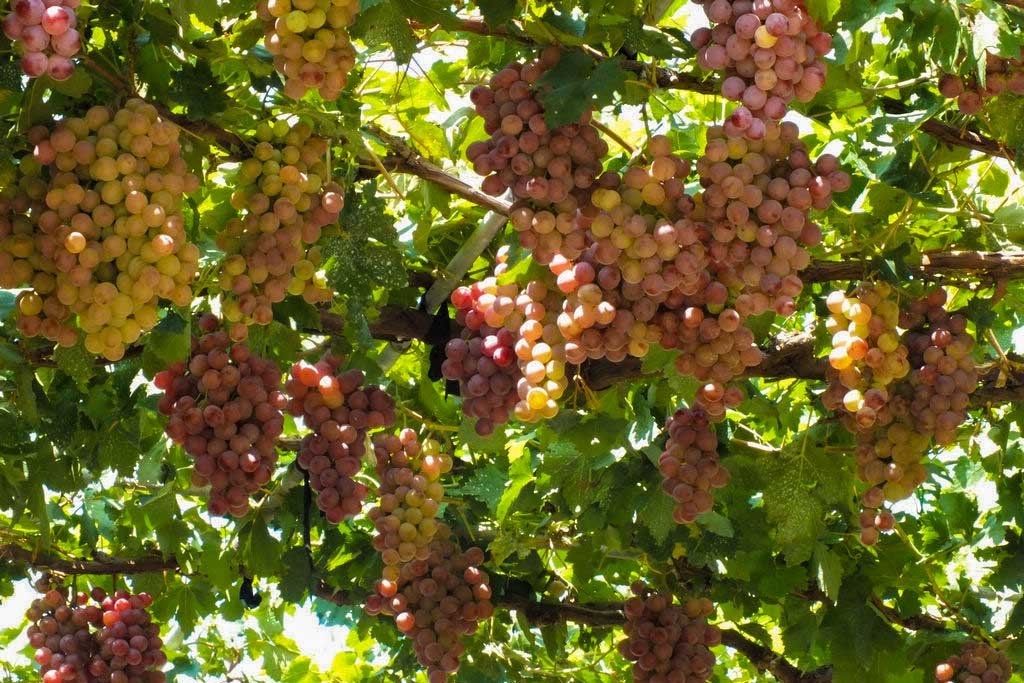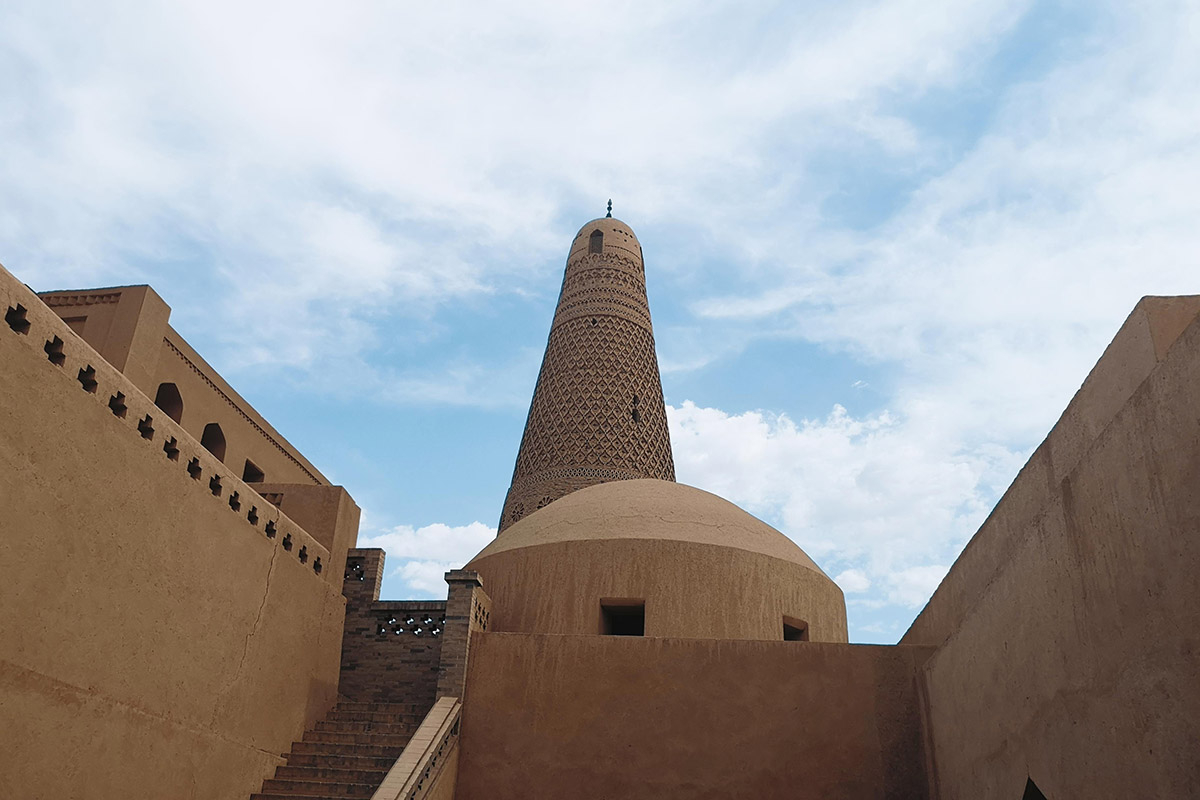
Sugong Pagoda
The inside of the tower is more fascinating, as there is no beam supporting the tower it self, instead there is a 72 step spiral staircase acting as its support, it does not just support the tower it self, but also enables people to climb the pagoda.

Karez Water System
In addition, the Karez Water System has a significant human value because it has watered the oasis in Turpan and provided for its culture ever since the system was finished 2000 years ago. Without this water system in place, there would be no Turpan.
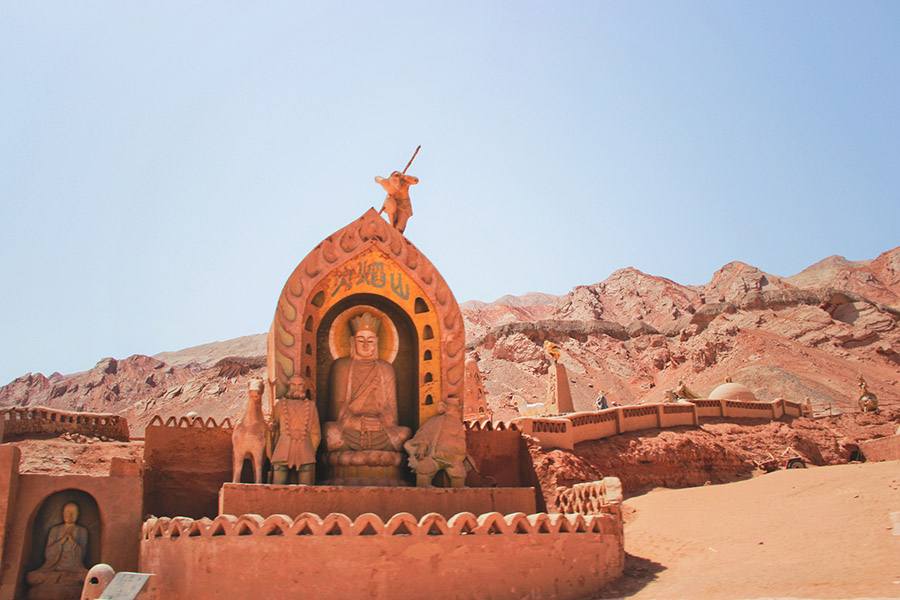
Flaming Mountain
In millions of years, the natural weathering and the numerous folded belts caused by the crystal movements have formed the undulating lie and the crisscross gullies and ravines of the Flaming Mountains. Under the blazing sun, the red rock glows and hot air curls up like smoke as though it were on fire.
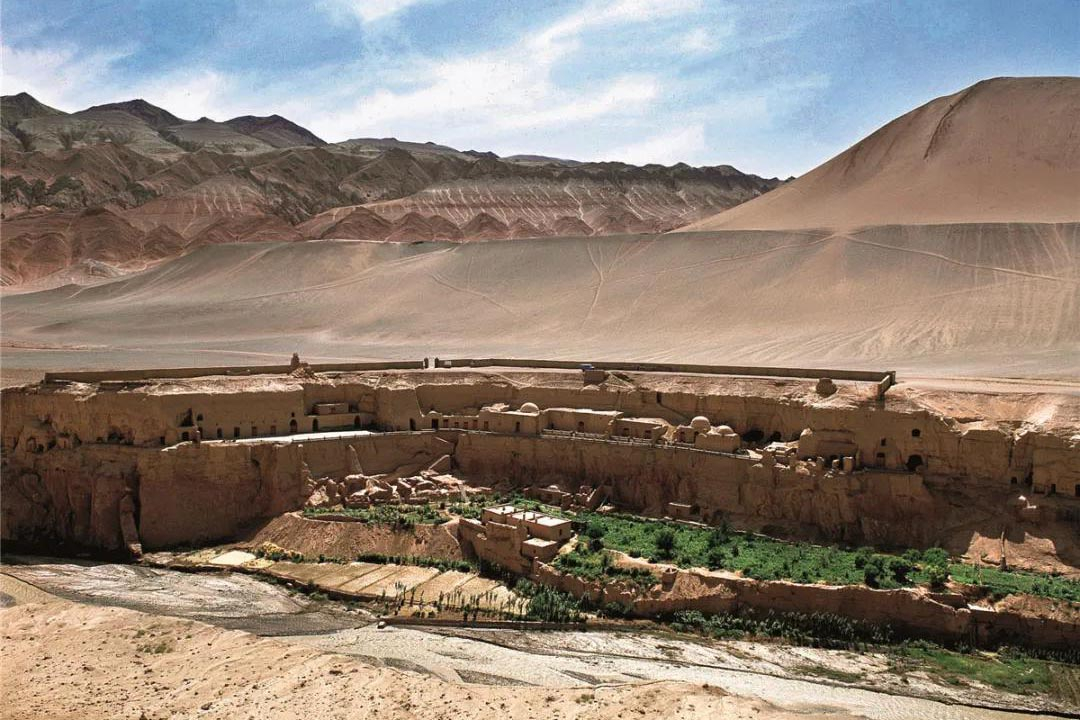
Bezeklik Thousand Buddha Caves
Even today, one can still see on the remaining Buddhist murals the features of the King and Queen of Huigu and people of different status, as well as scenes of the lives of ancient Uygur people.
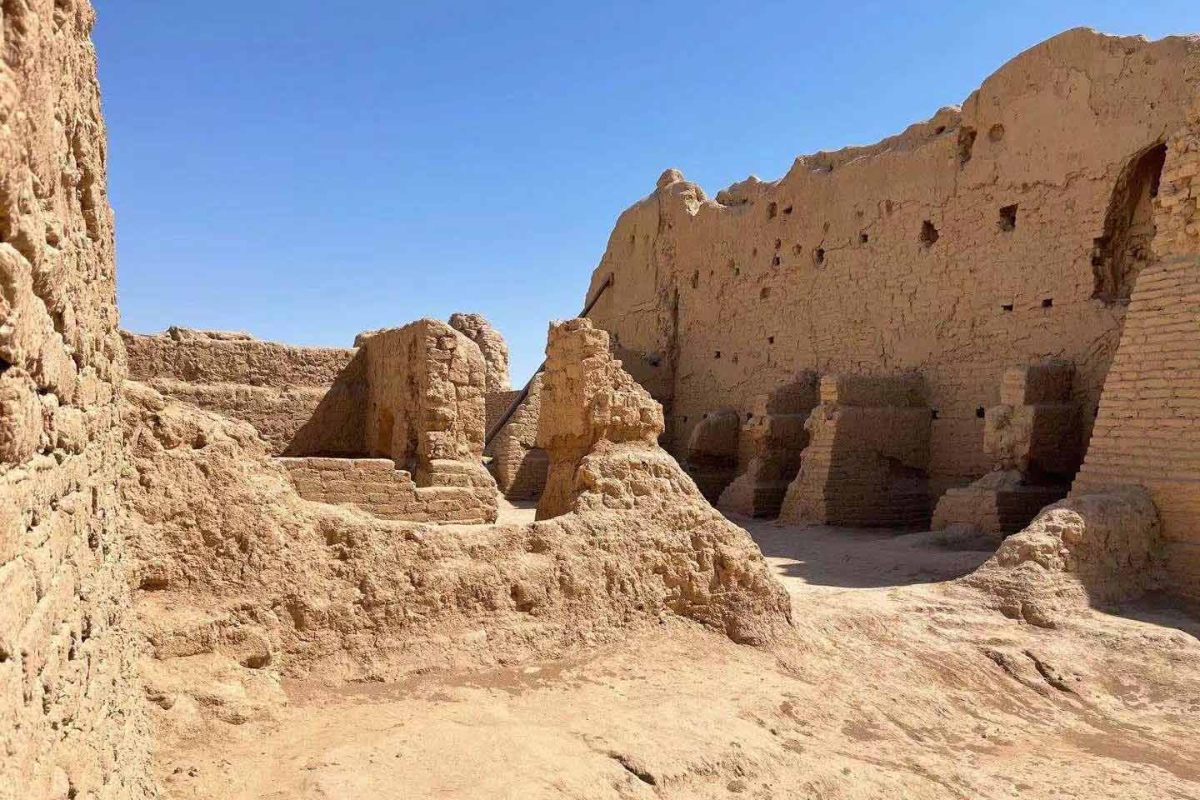
Gaochang Ancient town
In the boundless desolate Gobi desert stand the ruins of the ancient city of Gaochang, shining like a resplendent precious stone inlaid in the barren desert and shining on the Silk Road.It looks just like the Yar-dang phenomenom frequently seen in the desert.

Ancient City of Jiaohe
Like a willow leaf, the ancient city of Jiaohe with a history of 2300 years lies between two rivers on a loess plateau atop a cliff of over 30 meters . The largest, oldest and best-preserved earthen city in the world.
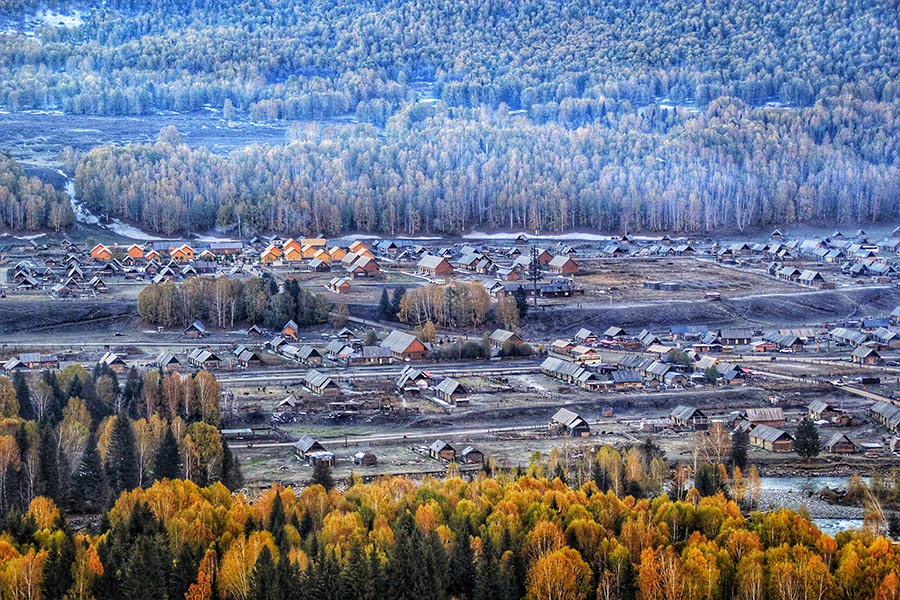
Hemu Village
Hemu Village, which is known as the “first village in China”, the wooden houses from the original wooden blocks are scattered in the village, the bridges are flowing, and the smoke is smog! The quaint mountain village is as mysterious as Kanas Lake. On the open ground surrounded by mountains, Hemu Village lay quietly.
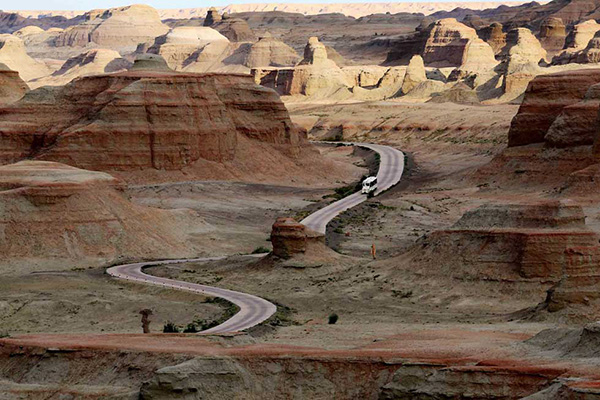
Karamay Urho Devil City
The landform consists of various sedimentary rocks that formed in the Triassic Period, various Jurassic turbidite and various sedimentary rocks that formed in the Cretaceous Period. It is a typical wind erosion and water-washed landscape. Various significant natural landscapes have formed after a considerable period of time has passed by.
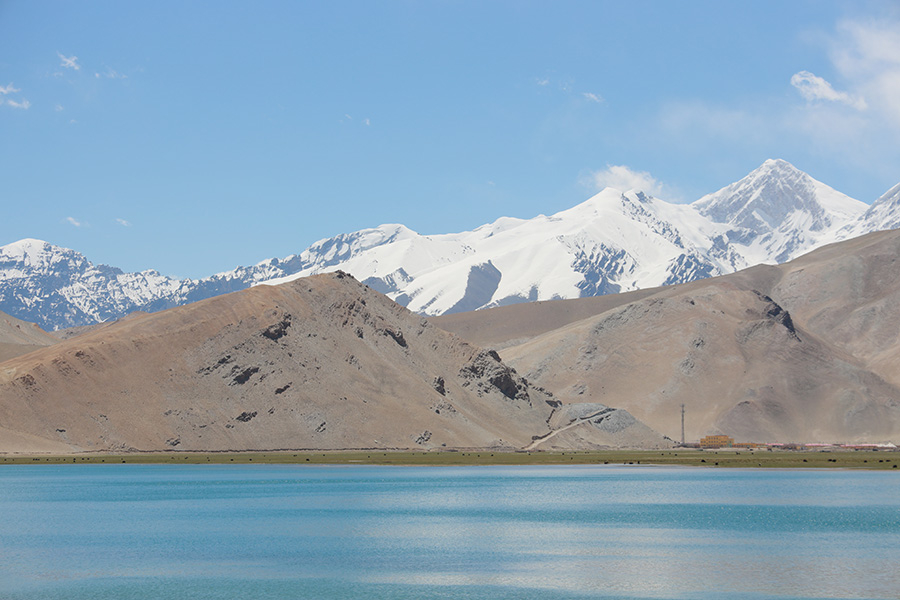
Karakul Lake
Karakul Lake is known as “Father of Glaciers”, it is located at the foot of Mount Maztagata, at over 3600m above sea level. It has a depth of 30m and measures 100,000 square kilometers, it's a pure pearl among the harshest landscapes in the west of Xinjiang.

Kuqu Grand Canyon
In the strongly rising geological structure of Tianshan mountains, these red rock have formed all kinds of wrinkles bending, coupled the erosion of water and wind, this canyon was shaped into stunning formations.
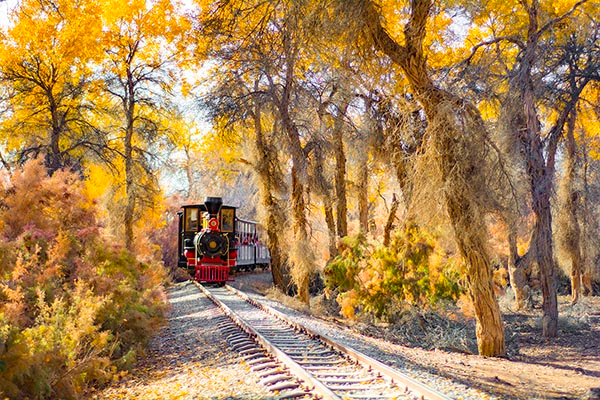
Tarim Huyang Poplar Forest Park
In autumn, Huyang poplars in the wild dress in their most splendid attire of the year. Mid-October is the ideal time to visit Luntai, when the poplars put on a riotous yellow show of dying leaves, all the shades towards crimson turn up in the endless sweep of Luntai Huyang Poplar Forest Parkbranches, lending the forest an eerily beautiful glow.
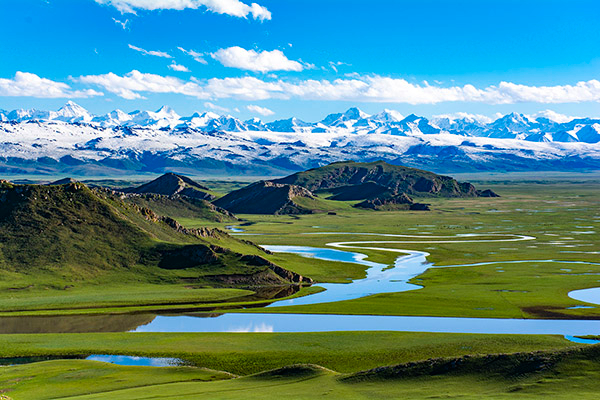
Bayanbulak Grassland
It's a verdant mountains basin surrounding by Tianshan and there are dense virgin forest, grassland, blooming flowers and cool and refreshing mountain spring lake. The snowy mountains encircle each other with terrain ups and downs, aquatic plants beautiful are attractive scenery.
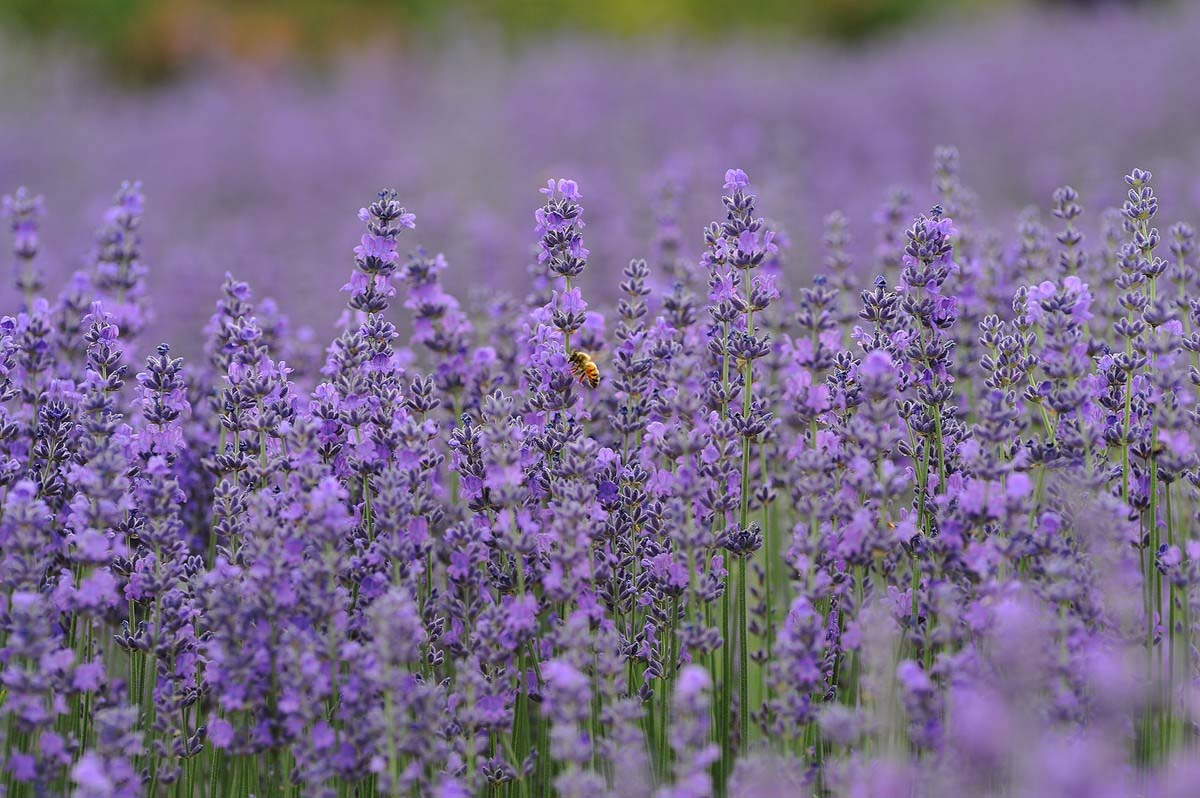
Huocheng Lavender garden
With the beautiful landscape, vast and sparsely populated, snow mountains under blue sky and white clouds, set off the purple lavender fields, such a magnificent earth, the integration of heaven and earth, which is the paradise of tourists.
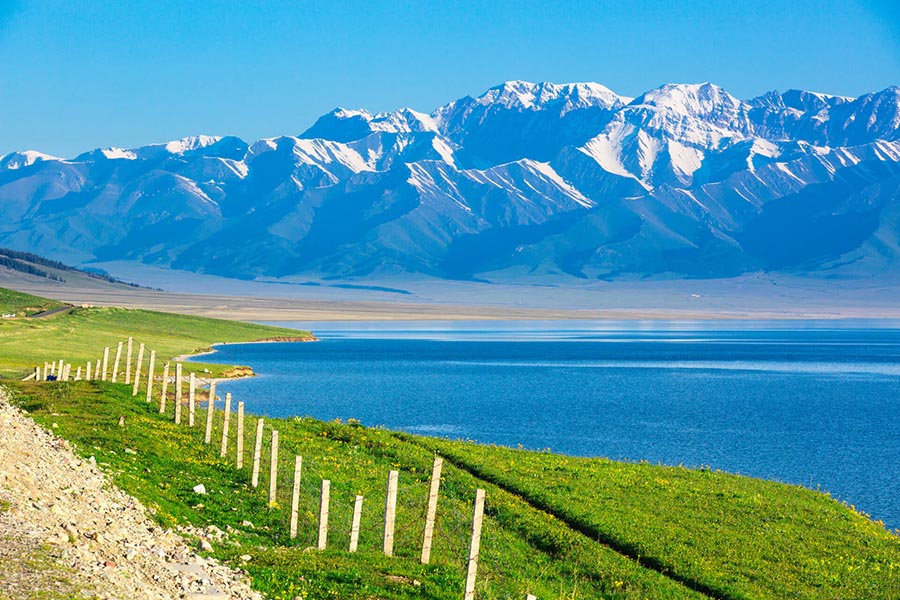
Sayram Lake
Sayram Lake is famed for the rolling pasture by its lakeside and its blue water.The water in the lake is clear and peaceful, attracting flocks of ducks and swans. Flourishing cedar trees cover the whole mountain. Herds of horses and sheep graze on the pastures.
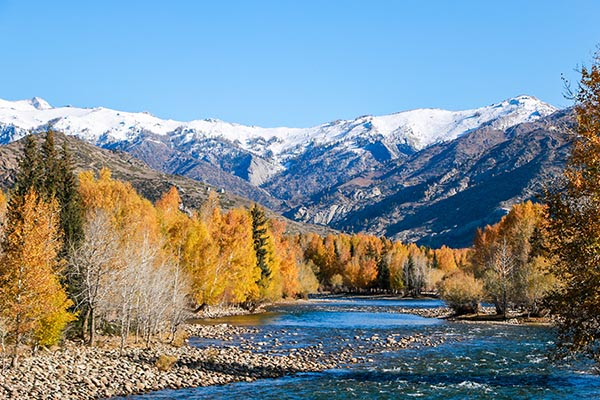
Keketuohai UNESCO Global Geopark
Inside the park, visitors will be able to enjoy the breathtaking views that include the Irtysh Grand Canyon, a huge mine crater, lakes, mountains, a waterfall, fossils and rivers.
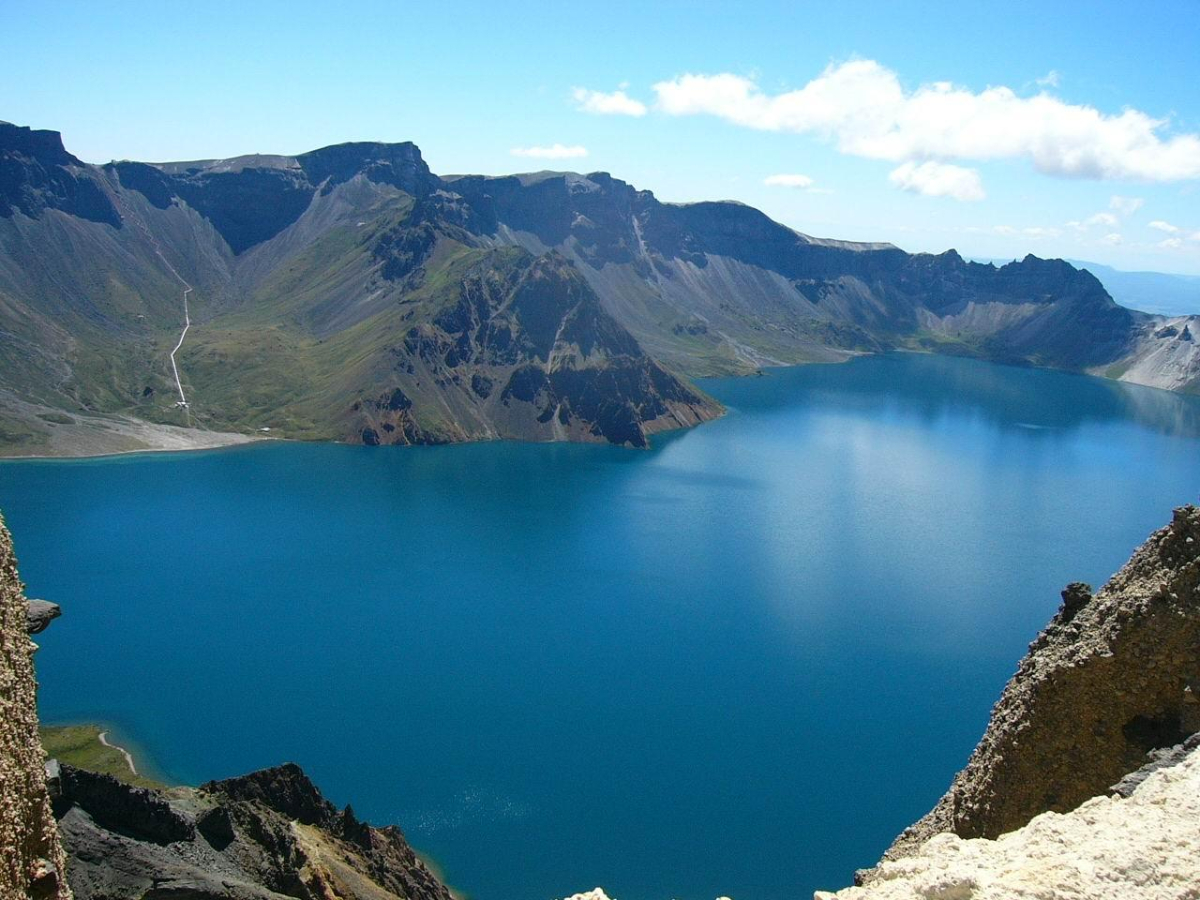
Heavenly Lake
Heavenly Lake is what is called an alpine, or glacier, lake, it was formed by the erosion caused by a glacier during the early part of the so-called Quaternary Period just as it is fed today by the spring-and-summer runoff from the surrounding snow-capped mountain peaks.
